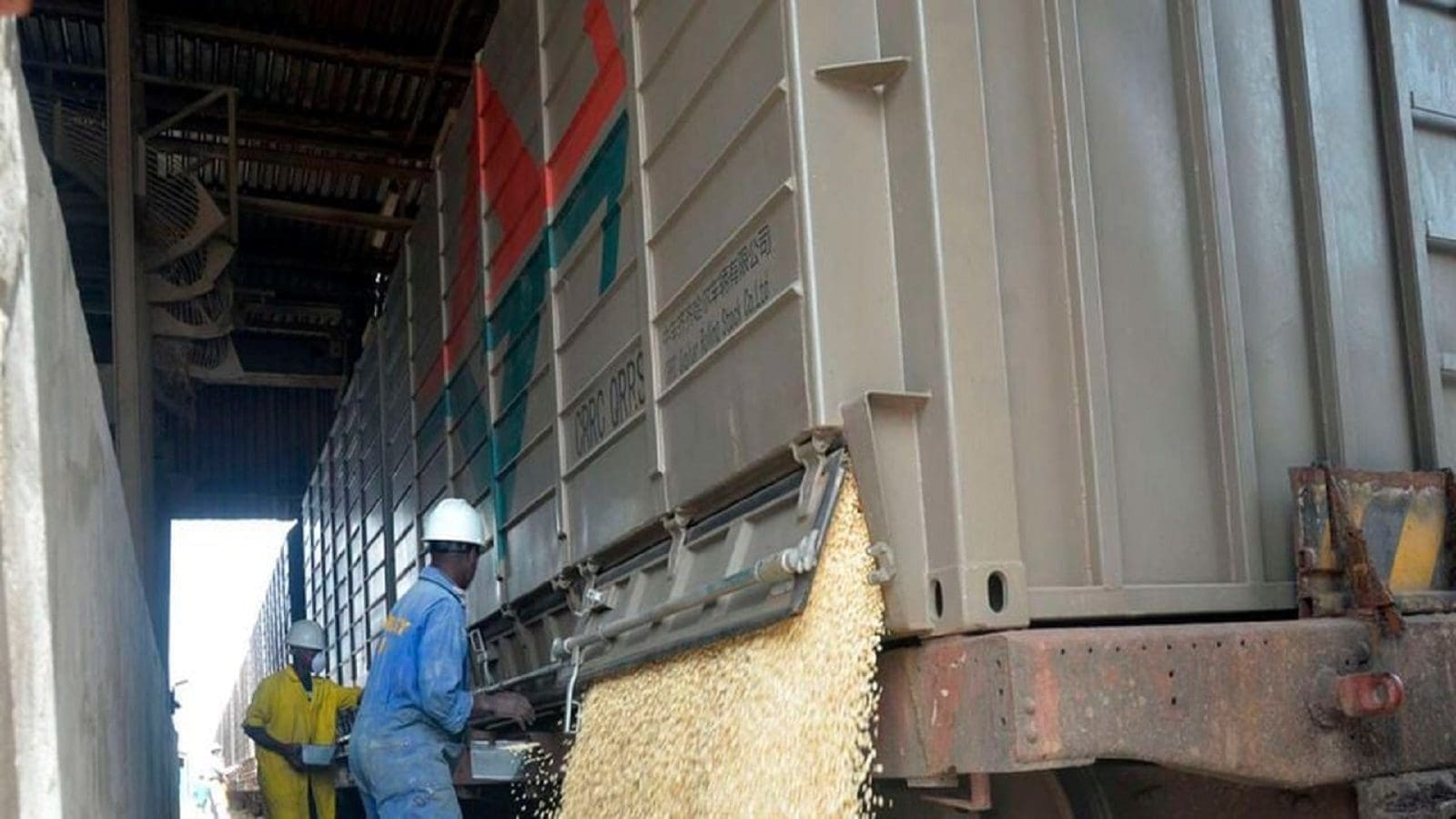KENYA- Asia’s largest economy is diversifying its corn source markets from the US to South Africa and Latin American countries such as Brazil, which are key buying destinations for Kenya’s imports.
The move by China spells doom for Kenya, which is relying on imports to address the runaway cost of flour that now stands at KES 6,100 (US$44.44) for a 90-kilogram bag amid import claims.
China is seemingly expanding trade deals with its allies in the BRICS, comprising Brazil, Russia, India, China, and South Africa, who are counteracting the US grip on total global corn exports.
According to local media in China, the country’s largest food processor-COFCO already signed deals with 43 South African farms –with more than 173,000 acres of farmland – to be its long-term suppliers.
South Africa is the largest producer of both yellow and white maize on the continent with regional countries depending on it to bridge their deficits for human consumption and animal feed.
China is importing both white and yellow maize. Therefore, there will be no reprieve for animal feed manufacturers who have been banking on a duty-free window of yellow produce to arrest the rising cost of feed.
According to data from the May World Agricultural Supply and Demand Estimates report by the United States Department of Agriculture (USDA), despite a rebound in U.S. exports, Brazil is forecast to be the world’s largest exporter of corn for the second consecutive year.
Nevertheless, U.S. corn exports for 2023/24 are forecast to rise 325 million bushels to 2.1 billion, as lower prices support a sharp increase in global trade following the decline seen during 2022/23.
U.S. market share is expected to increase slightly albeit remaining below the average of the past 5 years. However, China will not be sourcing corn from the country.
Instead, the Asian giant is cutting overreliance on the US as geopolitical conflict and growing tension between the two countries continue to rise.
Experts provide that the high demand for maize by China will pile more pressure on the price of the product, which is already high curtailing millers’ and traders’ ability to import the grain.
The latest move by China is reminiscent of the 2020 move by Beijing to mop up all the soya from Zambia and Malawi-Kenya’s main source market for the commodity, by offering top dollar price per unit.
The move created a commodity shortage, leaving feed manufacturers with limited stocks that pushed the cost of feeds to a historic high.
For all the latest grains industry news from Africa, the Middle East and the World, subscribe to our weekly NEWSLETTERS, follow us on LinkedIn and subscribe to our YouTube channel










